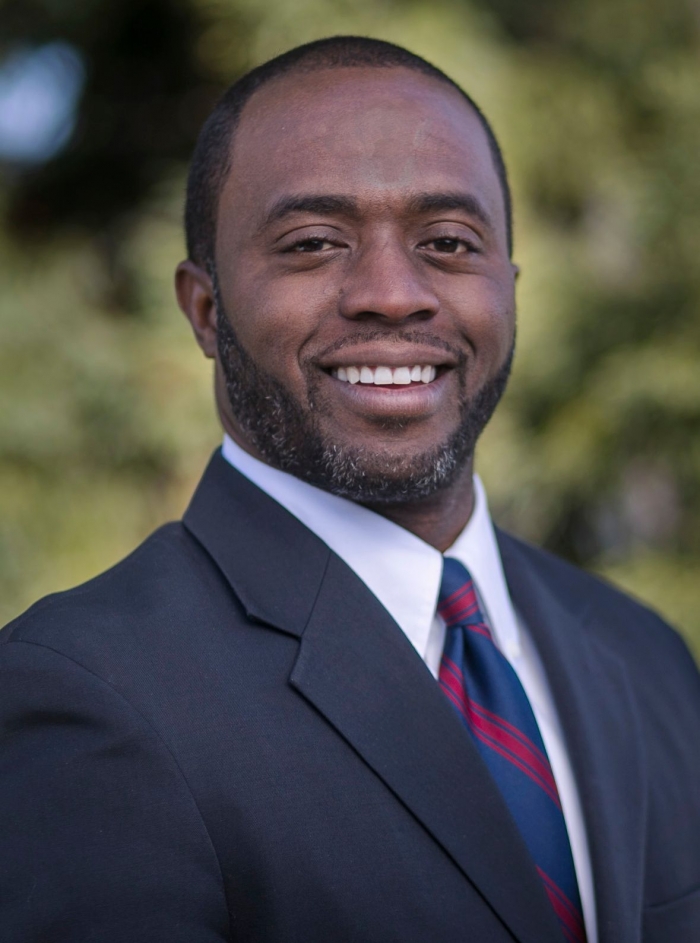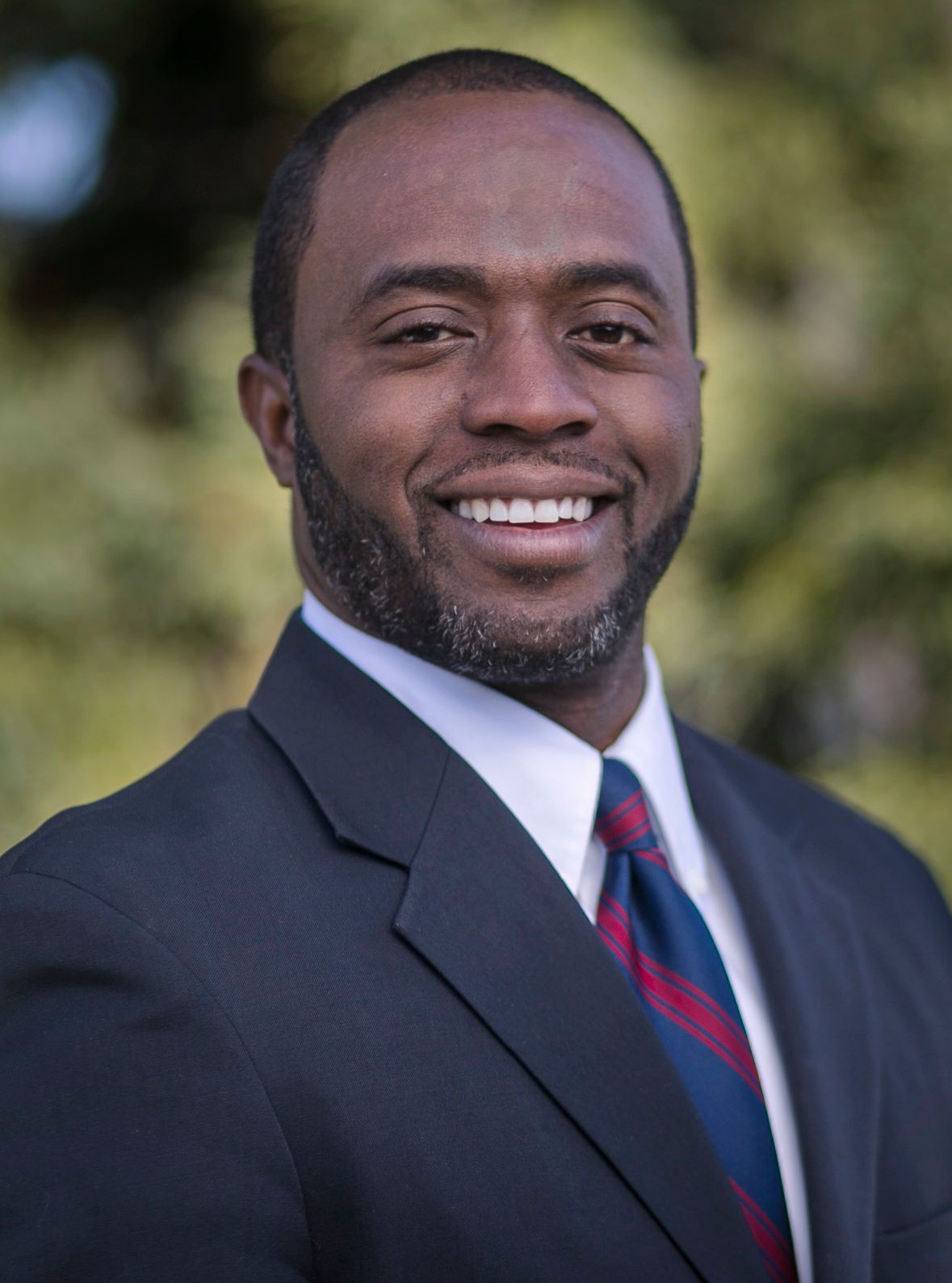
California Superintendent of Public Instruction Tony Thurmond says school districts across the state are prepared to open safely in the fall even as COVID-19 cases surge in California and around the country. The new spike in COVID-19 positive rates across the state are driven by infections involving the more contagious Delta variant.
Thurmond was speaking online at a recent Safe Schools for All seminar featuring several California education experts. On the call, Thurmond gave parents a preview of what they will likely face when their children return to class in the fall.
He mentioned that he visited Camarena Elementary School in the Chula Vista Elementary School District and that the school opened July 21 successfully implementing the new mask requirements. About 900 of the 1000-member student body were present, he said.
“Everyone was wearing a mask,” he said. “Everyone was following protocol.”
On Friday, Thurmond visited a summer learning program at Monte Vista Elementary School in Los Angeles County.
“The CDC and the California Department of Public Health have already provided guidance that even as case rates increase, if everyone is wearing a mask and everyone who can get a vaccine gets one, we can keep our schools open safely,” Thurmond said.
Thurmond also said that vaccines were vital to returning to normal. He also reminded African Americans to make sure to get the vaccines. However, he noted that the Black community was lagging behind the vaccination rate. As of July 19, the Centers for Disease Control and Prevention (CDC) said 4% of vaccinated people in California are Black. African Americans account for 6% of California’s population.
Vaccines are now available for children aged 12 to 18.
Thurmond also added that while many parents have complained about distance learning, some African American parents say they prefer it because their children don’t have to deal with bullying or harassment.
One of the featured speakers at the online seminar was Dr. Naomi Bardach, Safe Schools for All team lead. She gave a presentation on some important facts to know about the coronavirus and how it affects children.

Bardach reminded parents that scientists and medical professionals had gathered a lot more information about the coronavirus since it first hit America more than a year ago.
In 2020, schools closed to prevent the spread of the coronavirus and children transitioned to distance learning conducted mainly through online classes.
However, Bardach said parents have noticed that there are some downsides to this form of instruction. She said parents have observed that their children are experiencing emotional issues such as depression and sleeplessness. Some children are missing the social interaction of being in school.
Bardach also said medical research has shown that children are less likely to catch the coronavirus than older people.
According to her, most children contract the disease from a close relative, not from fellow students or school personnel.
However, there are things that adults can do to reduce the spread of the virus among children.
“Vaccines for adults are key to prevention in kids,” she said. “Vaccines mean kids can return to the things they enjoy.”
Schools plan to return to in-class education with a host of new weapons to fight the coronavirus pandemic. According to Bardach, some of the methods the schools will use to contain the virus are testing, masks, ventilation and increased sanitation.
“Masks are very effective in preventing transmission,” she said.
There are several ways to get vaccinated, such as at-school sites, health departments and pharmacies. Schools also offer testing. The state has provided schools with $5 million to pay for rapid testing.
Another recommendation to reduce the spread of the coronavirus is to make sure sick children remain at home, said Bardach.







